Hualapai Tribe leading the way in diabetes prevention
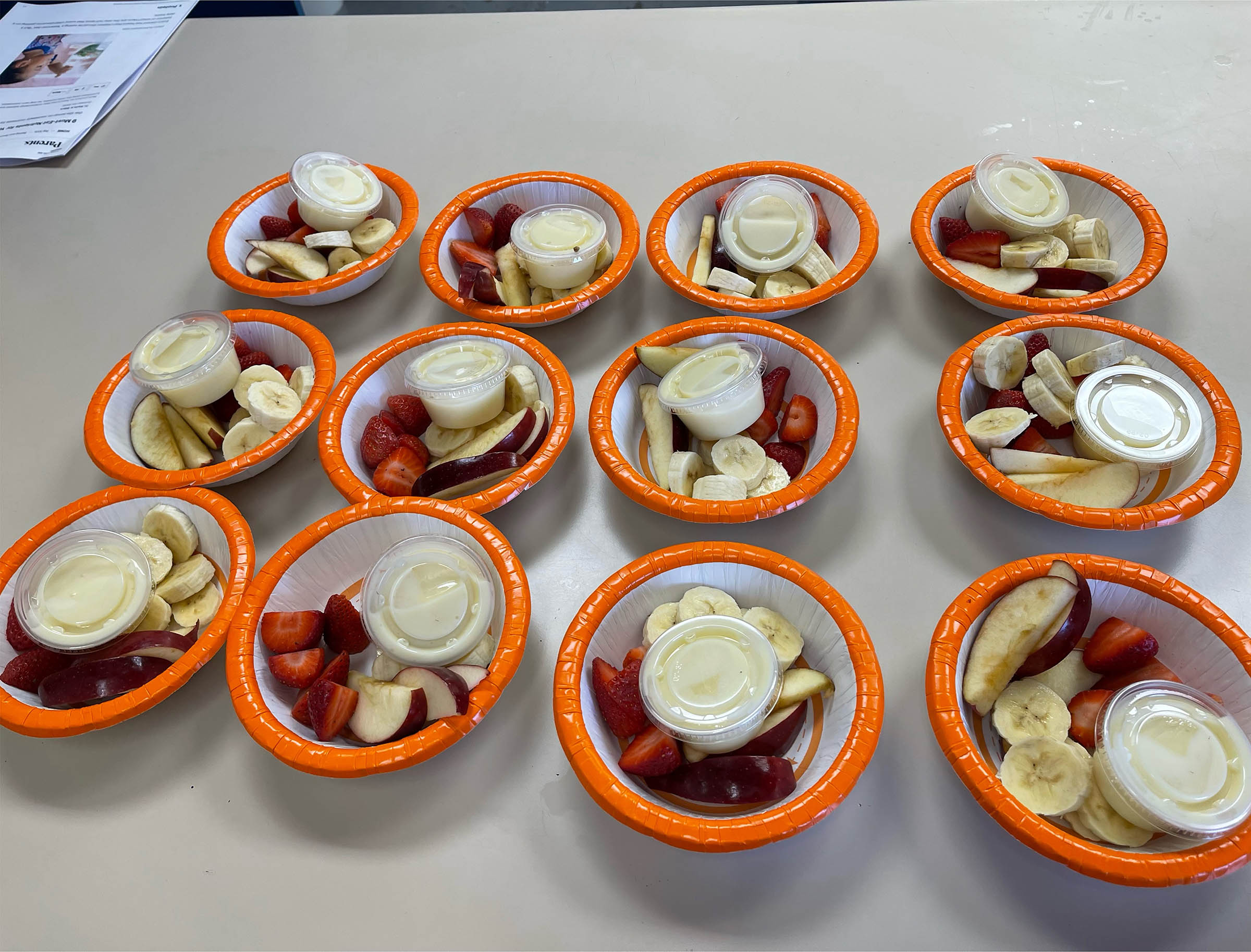
The Hualapai Tribe (Hualapai), a federally recognized Native nation located in northwest Arizona, is committed to managing critical health challenges for its community of over 2,000 enrolled members.
In 1883, the United States (US) government enacted an executive order to establish the Hualapai reservation, bringing changes to Hualapai’s traditional customs. Some of these changes, such as the lack of access to traditional foods and limited need for hunting and farming activities, contributed to the onset of unfamiliar and chronic health conditions like type 2 diabetes.

As concern about the rate of type 2 diabetes rose in the late 90s, Hualapai collaborated with Nicolette Teufel-Shone, now Center for Health Equity Research (CHER) associate director, to explore ways to combat the epidemic. They were excited to learn about a federally funded initiative called the Special Diabetes Program for Indians (SDPI) and applied in the first year of the grant in 1998. This action marked the start of their community-wide fight against the disease.
The Hualapai Special Diabetes Program for Indians
Over the 20 years of implementing and refining the Hualapai SDPI (HSDPI) program, housed in the Hualapai Health Education and Wellness Department, the nation has been empowered to provide critical resources to the community to support health outcomes.

Basic health assessments, personalized fitness programs, healthy community activities, exercise classes, walking opportunities, weight
loss programs, and regular health screenings are just some of the services provided free-ofcharge to Tribal members through the HSDPI. The Hualapai Fitness Center is a cornerstone for program’s progress in improving community health and has dedicated staff willing and eager
to help.
A typical morning for the HSDPI staff
Athena Crozier, manager of the HSDPI team, arrives at the Hualapai Fitness Center before 8:00 a.m. to ensure the facility is ready for morning exercise. Her day continues as she helps participants exercise, leaving some time for her to plan community events.
Rondi Quasula arrives at the fitness center at 5:30 a.m., and after about three hours, heads to the Senior Center to lead chair yoga for the elders.

Damen Romo is a fitness specialist who arrives mid-morning and stays until closing around 7:00 p.m. He provides weightlifting guidance to
community members who visit the fitness center after work or school.
On most days, Cotton Koyayesva reaches out to multiple Tribal departments to encourage participation in noontime food preparation sessions aimed at increasing vegetable intake in family meals.
Rosemary Sullivan, RN and case manager, starts her day early as well, preparing a turkey for a healthy meal demonstration later in the day.
The HSDPI staff understand that diabetes prevention and control is an around-the-clock job, and they’re happy to do it if it means they reduce the upward trend of diabetes within the nation. They understand the challenges in changing lifetime habits and keep their people moving.
“We have a great team here that provides education in fitness activity, food preparations, healthy food events for youth and adults, and curriculum in type 2 diabetes,” added Crozier on the dedication of the HSDPI staff.
People of the Tall Pines
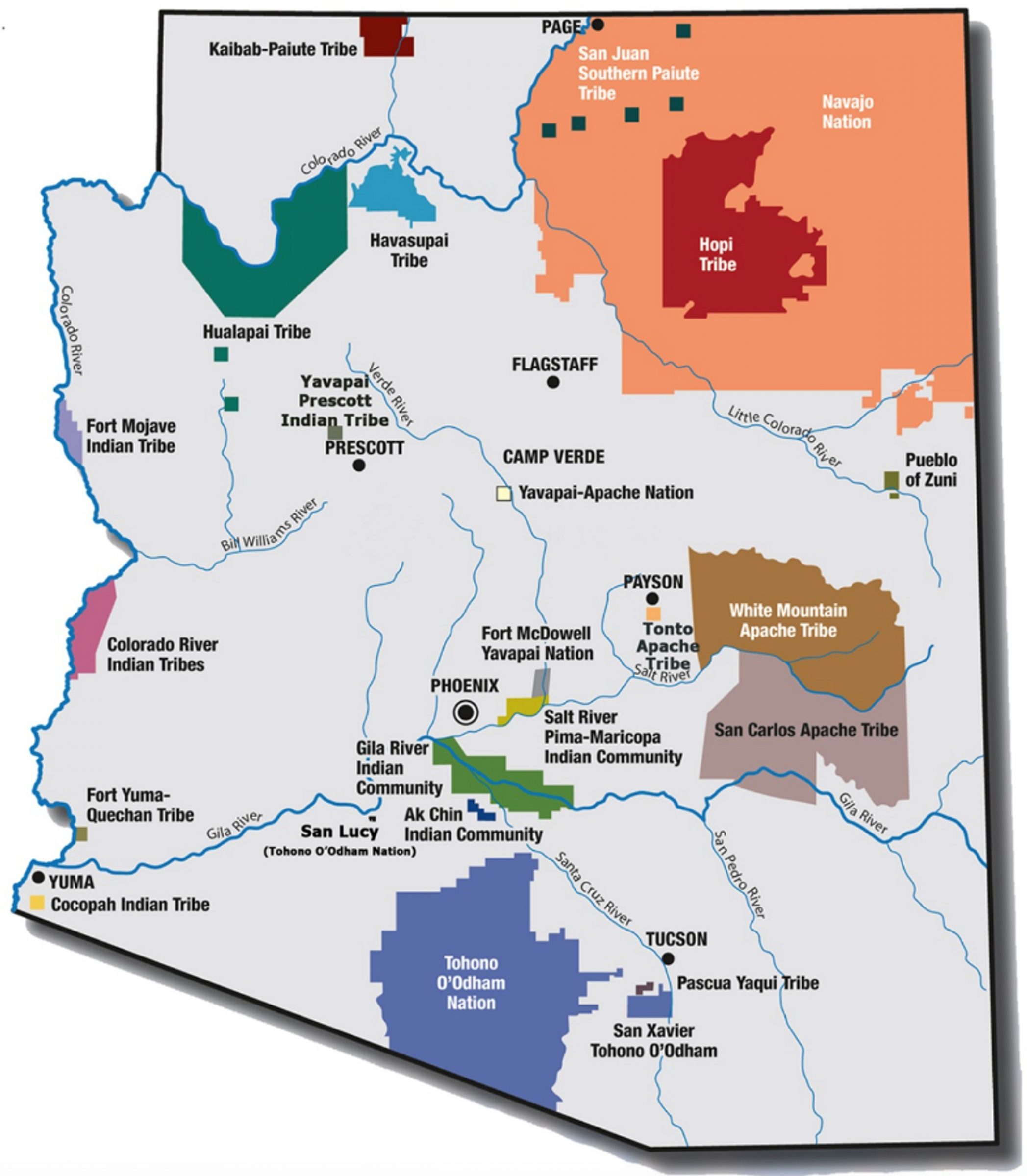
Hualapai has over 2,300 enrolled members, about 1,700 of whom reside on the one-millionacre reservation in northwest Arizona, according to the 2000 US census. Most people living on the reservation reside in the only town of Peach Springs, located about 55 miles east of Kingman, AZ.
Historically, the “People of the Tall Pines” sustained their population through agriculture, foraging, and hunting across a varied landscape of forest, desert, and canyon land. The reservation is bounded by significant geographical landmarks like the Colorado River and the San Francisco Mountains here in Flagstaff, AZ.
Over time, Hualapai diets have moved away from traditional foods and toward less healthy, easily accessible and processed options, leading to an increase in type 2 diabetes cases.
Hualapai health

Despite the Tribe’s innovative economic ventures, including the Grand Canyon West Skywalk, Hualapai River Rafting, and the Hualapai Lodge, the prevalence of type 2 diabetes has escalated, with diagnoses occurring at increasingly younger ages.
Once known as maturity onset diabetes, type 2 diabetes now affects individuals as young as 18 within the Hualapai community, reflecting a broader trend among Native American populations.
Sandra Irwin, registered nurse and retired director of the Hualapai Health Department, and Teufel-Shone crafted Hualapai’s initial grant application to begin their work against the epidemic.
During a recent meeting between Teufel-Shone and Irwin, Irwin reflected on her time with HSDPI.
“The program has benefited the community over the years,” Irwin stated. “Getting people to change their behaviors is an on-going job.”
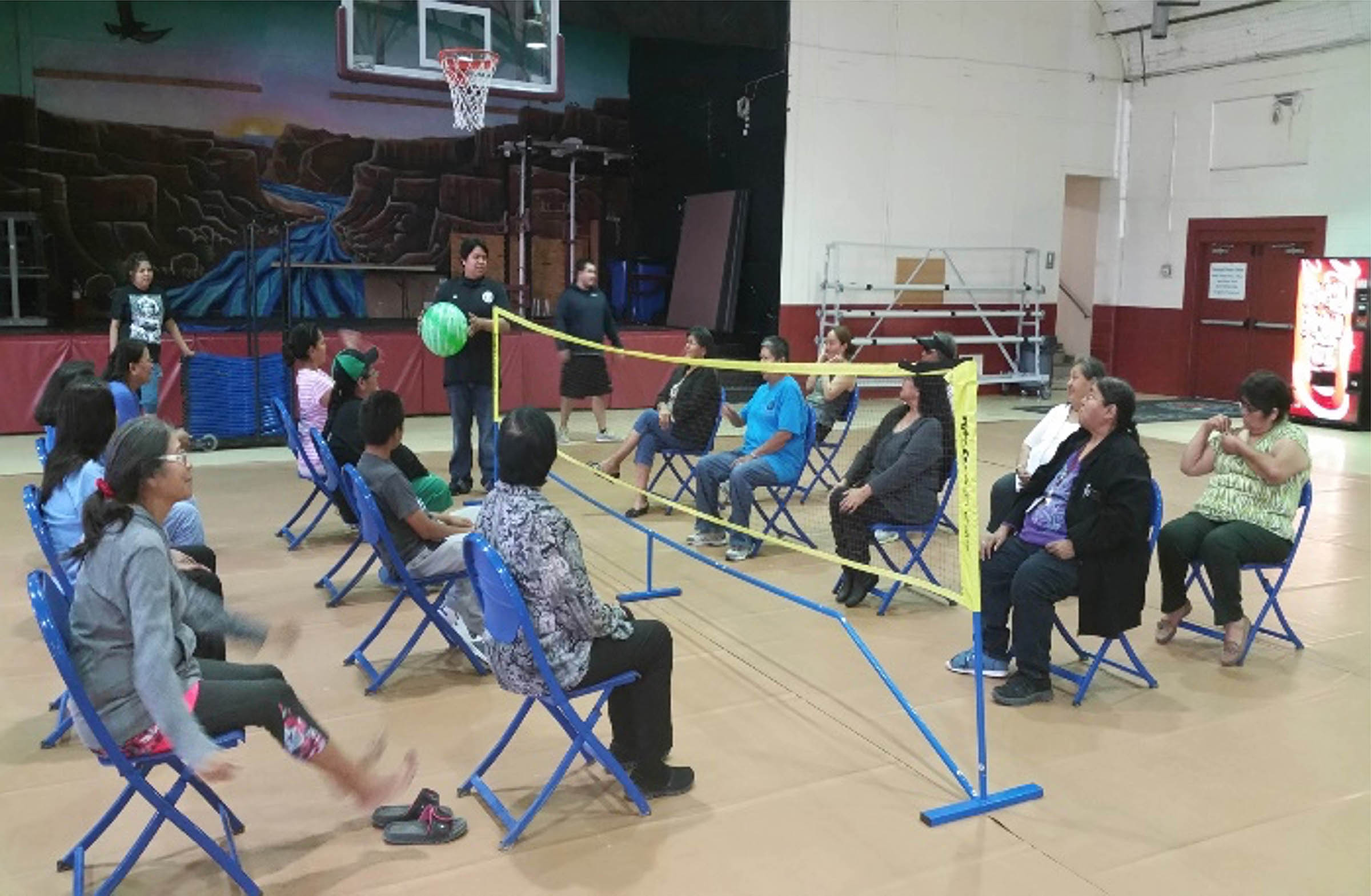
The continued SDPI funding for over 25 years has supported the development of vital health resources including:
- a fully equipped community fitness center
- community bicycles
- chair volleyball teams
- local staff training in fitness, nutrition, and lifestyle coaching
This support has been crucial for the program’s sustainability.
Education lowers stigma about type 2 diabetes
Notably, the HSDPI initiative has facilitated a cultural shift regarding diabetes, encouraging open discussions about the condition and promoting lifestyle changes among community members. Prior to the program, diabetes was often concealed, making engagement with preventative or management practices difficult.
“We have come a long way in the past couple years in promoting our program, being active in the community, and encouraging community members to join,” explained Crozier, who currently manages the program.
“It’s great to know that the community is more aware of type 2 diabetes and wants to know more.”

Rosemary Sullivan, case manager for the program, bridges gaps in nutrition and health education for participants.
“I like to offer health trending classes so our participants can try different healthy foods like fruits and vegetables. Alongside our health educator, we provide classes on preparing those healthy foods or meals,” said Sullivan. “By doing this, the participants can decide for
themselves if that’s the route they want to go.”
“Also, as a nurse, I like to educate our participants on why we do the HbA1C (a blood test showing glucose levels), what it means, and how they can improve those numbers if they are in the pre-diabetes range. Reviewing our intake questions helps them understand that diabetes affects the whole body, and hopefully, this education empowers them to know how important self-care is and that prevention starts now.”
CHER’s connection with Hualapai
Teufel-Shone remains actively involved in the HSDPI program, contributing to grant applications, progress reports, and intervention strategies. Janet Yellowhair, CHER research coordinator, collaborates with the program to monitor changes in diabetes risk factors, including behavior and knowledge.
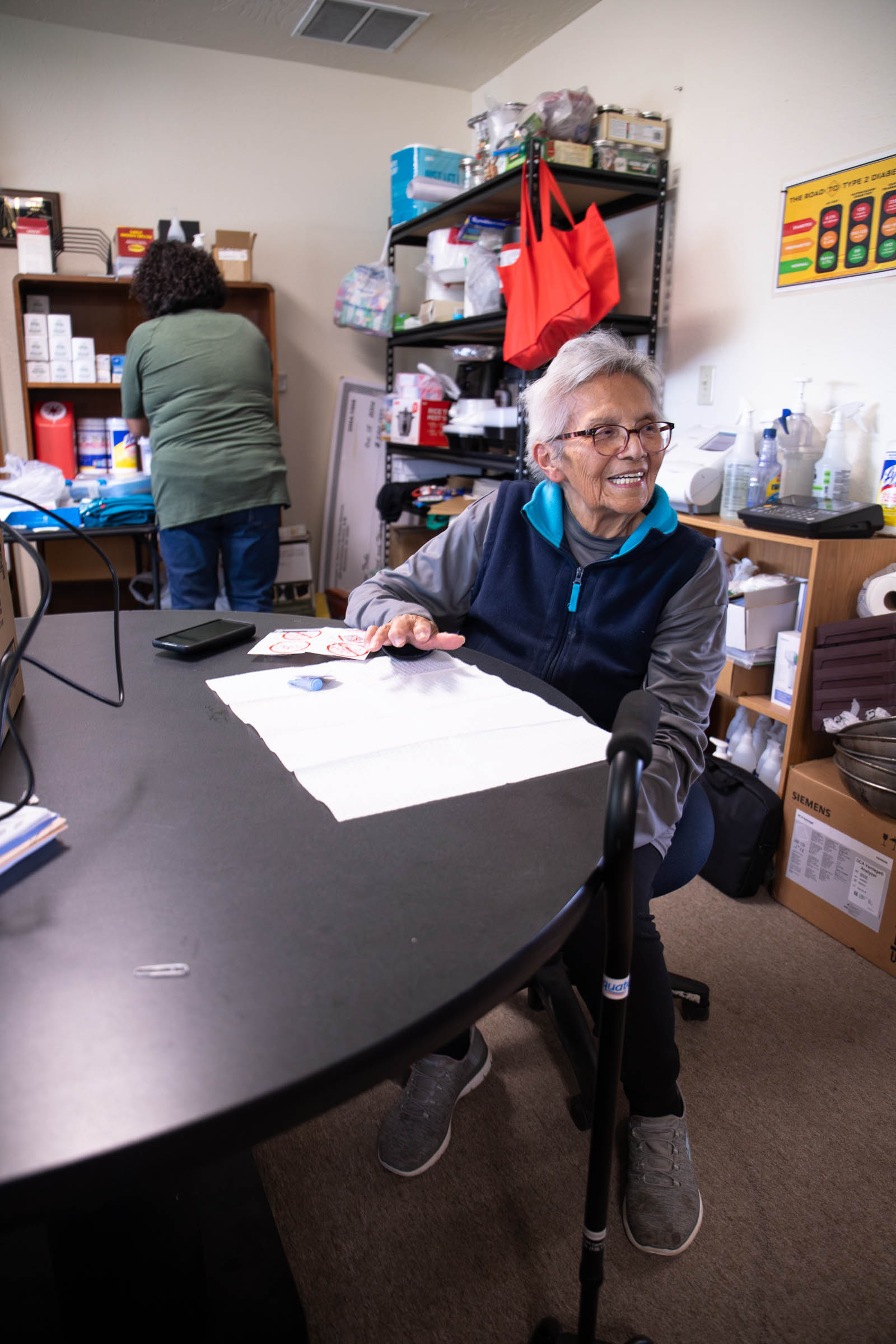
The partnership between HSDPI and NAU has led to the development of a comprehensive assessment system that tracks annual changes in participants’ body weight, body fat percentage, hemoglobin A1c levels, physical activity frequency, vegetable consumption, and diabetes prevention knowledge.
Teufel-Shone notes, “The staff’s compassion and creativity in thinking of new ways to inspire community members to make healthy choices has been instrumental in the longevity and acceptability of the program.”
A culture of health and wellness
The HSDPI program’s impact is evident in the increased physical activity levels, higher vegetable intake, and weight maintenance among participants. The program’s integration into community events, such as the Hualapai Days Celebration and various seasonal gatherings, has fostered a culture of health and wellness, making walk/runs and other activities a standard part of these celebrations.
“It’s always good to hear that our events have helped community members be more active, strong and motivated to keep moving,” added Crozier.
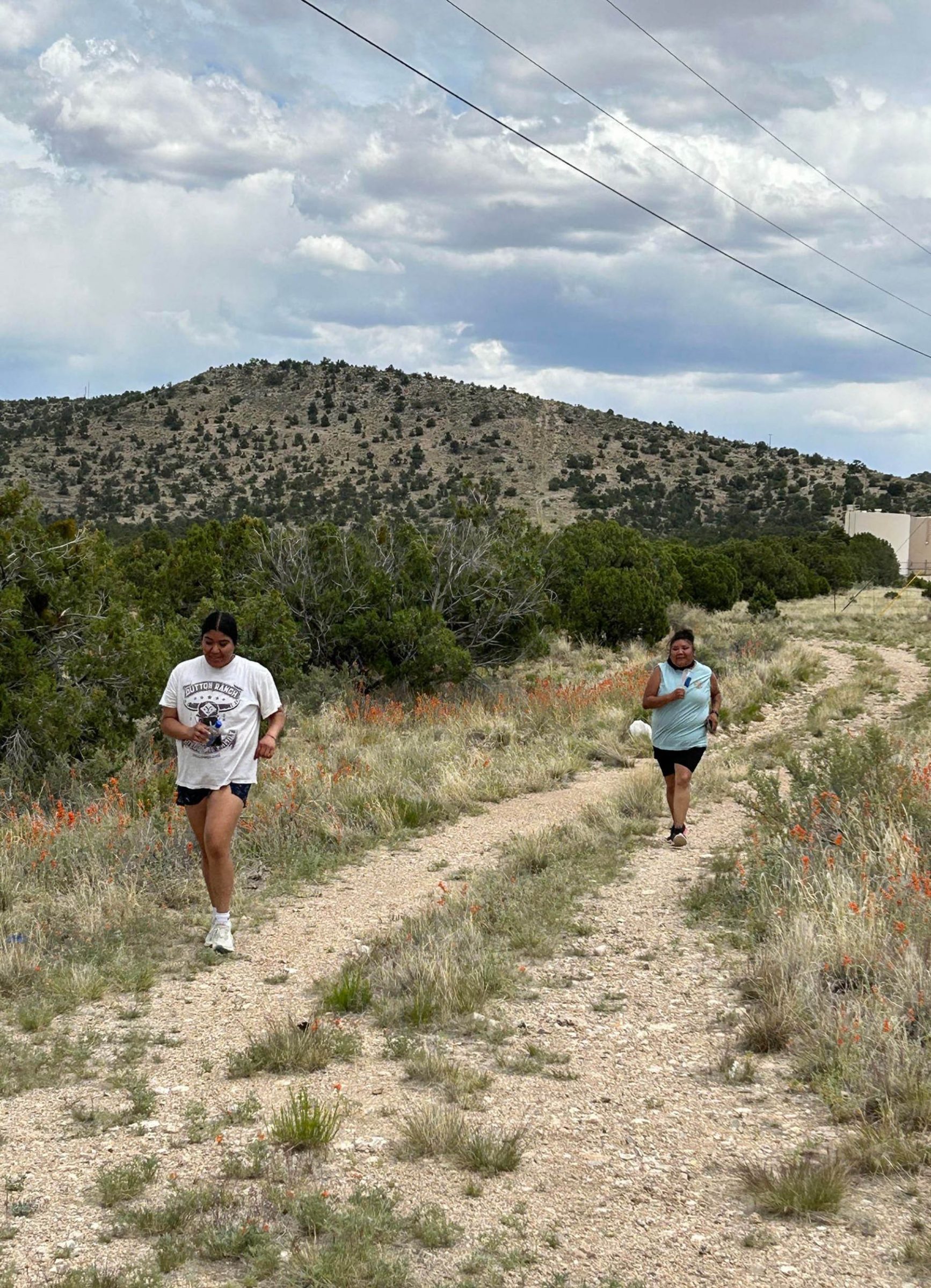
This cultural shift underscores the community’s growing recognition of the importance of healthy lifestyles for diabetes prevention and management, contributing to the Tribe’s long-term health and sovereignty.
Teufel-Shone continues to work with Hualapai on public health issues, studying the impacts of the HSDPI program for the last two decades. CHER plans to collaborate with Hualapai on improving health outcomes for the community, and possibly create bestpractice guidelines for other Tribal nations to utilize as a resource for health and wellness.
Crozier reiterated her enthusiasm for the program, “We look forward to continuing providing education through nutrition, health, and fitness to reduce type 2 diabetes in our community members.”
